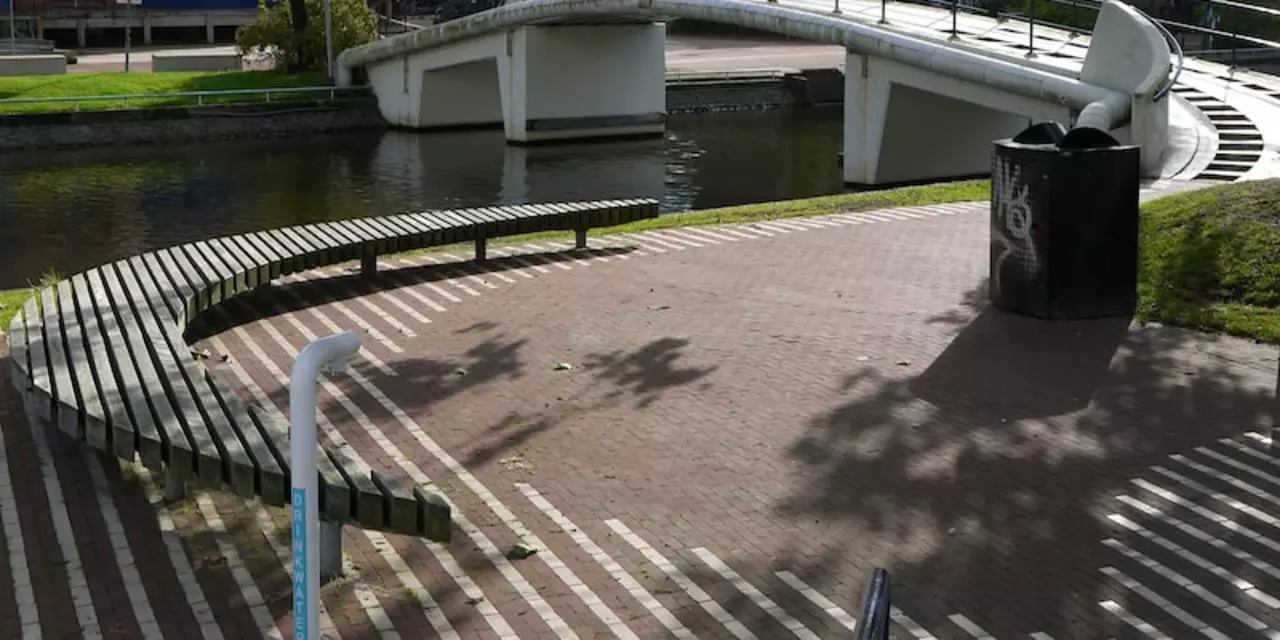Residence permit: what it is and how to get one for work
Moving to another country for a job? A residence permit is the legal permission that lets you live there, usually tied to your work or study. Think of it as the official stamp that turns a job offer into a real life — not just a signed contract. Getting one varies by country, but the basic idea is the same: prove you have a job or other valid reason, meet health and background checks, and follow the local rules.
Main pathways to get a residence permit
Employer-sponsored work permit: Your employer applies or sponsors you. This is the most common route for standard jobs. In places like the UAE (Dubai), your employer arranges the work visa and then the residence permit gets stamped after arrival.
Skilled immigration programs: Countries such as Canada use points-based systems (Express Entry) that let skilled workers apply for permanent residence. If you qualify, you can live and work without a direct employer sponsor.
Post-study work routes: Study in the destination country, then use post-graduation work permits to stay and build local experience. Canada’s PGWP is a good example — many use it to transition to permanent residence.
Temporary schemes and special permits: Some countries have youth mobility or short-term work schemes (like IEC for Canada in some countries) or specific industry visas for tech, healthcare, etc.
Checklist & practical tips
Documents you’ll usually need: valid passport, job offer or contract, educational certificates, CV, police clearance, medical exam results, passport photos, and proof of funds. Exact documents change by country — always check the official immigration site for the latest list.
Timing and costs: Processing can take weeks to many months. Fees differ widely, from modest application charges to larger visa and biometrics fees. Factor in medical tests and translation costs if needed.
Do this before you apply: make sure your CV and certificates match the job, get police clearance early, and have translations ready. Employers who regularly hire foreign staff know the process and can speed things up — target those companies.
On arrival: many countries require a medical test and fingerprinting. In the UAE, your employer helps get the Emirates ID and residence stamp. In Canada, you may need to validate credentials and apply for a social insurance number after arrival.
Renewals and changes: keep an eye on expiry dates. If you change employers, some visas require a new permit or employer transfer. Never overstay — it can block future visas.
Final practical tips: apply early, be precise with paperwork, and use job sites and networks to find employers who sponsor visas. If the rules look complex, a short consult with a licensed immigration consultant can save time and mistakes.
Getting a residence permit is a step-by-step process. Focus on the right pathway for your situation, gather the documents, and aim for clarity and timing — that pays off faster than guesswork.

How do I get a job in Netherlands for Indians?
Jan 30 2023 /Finding a job in the Netherlands as an Indian can be a challenge, but there are ways to increase your chances. The first step is to research the Netherlands job market to identify the types of jobs available to you. You must also have a valid residence permit, which requires you to have a valid passport, proof of financial stability, and a valid work permit. Additionally, you must be proficient in the Dutch language as most companies require at least a basic level of fluency. Lastly, be sure to network through friends, family, and other contacts, as well as attend job fairs and utilize online job boards to find the perfect job.
VIEW MORE